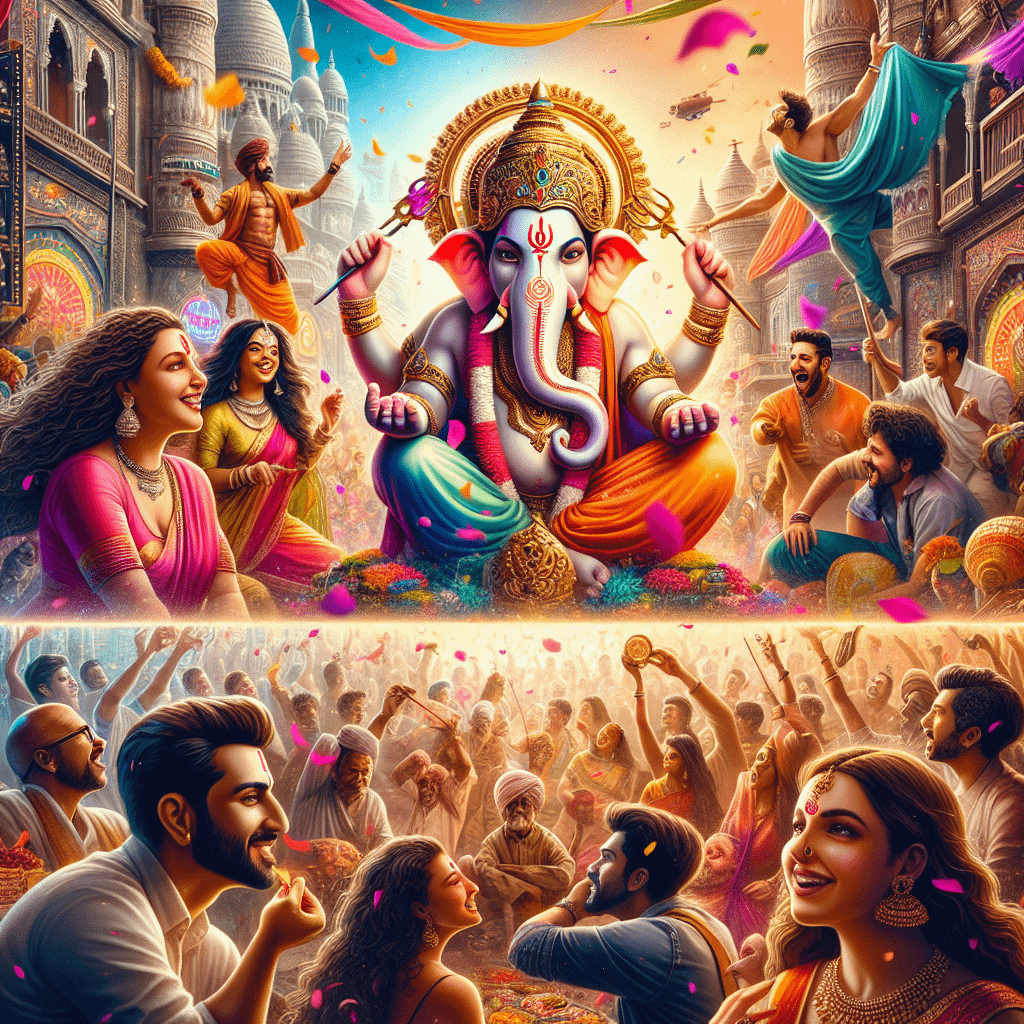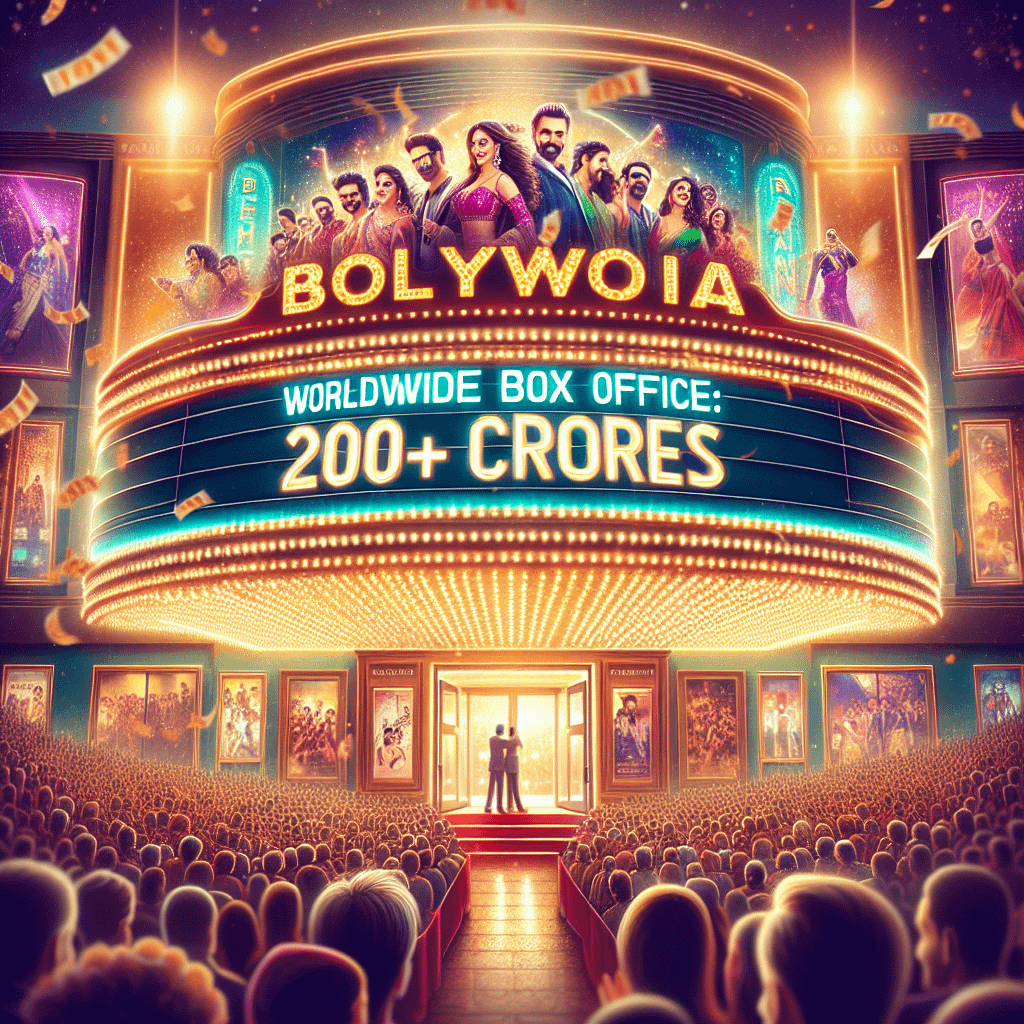Swara Bhaskar Unpacks Bollywood’s “Victimised Men” Trend: Insights & Impact
Bollywood has always been a mirror reflecting—and often reshaping—Indian societal norms. In a recent candid conversation, acclaimed actress Swara Bhaskar addressed a striking trend surfacing in Hindi cinema: the emergence and popularity of movies centered on “victimised men.” With notable films like Raanjhanaa and Saiyaara topping box office charts, Swara’s comments have sparked an engaging debate about storytelling, gender representation, and how movies influence our views.
Understanding the “Victimised Men” Narrative
The phrase “victimised men” in Bollywood refers to male protagonists portrayed as misunderstood underdogs or casualties of love and society. Swara Bhaskar, in her wide-ranging interview, called attention to how such narratives are not just prevalent, but also commercially successful. She emphasized:
- Many Bollywood hits feature male leads who see themselves as victims.
- Movies like Raanjhanaa and Saiyaara showcase male characters struggling against societal norms or unrequited love.
- This trend shapes not only plots, but also public empathy and perception.
Bhaskar remarked, “Look at all our hits—Raanjhanaa, Saiyaara—these are stories of men who feel ‘wronged’.”
Swara Bhaskar: No Stranger to Bold Storylines
Swara Bhaskar’s body of work is known for challenging stereotypes. Whether in independent films or mainstream successes, she has tackled complex female leads and spoken publicly about issues that matter. Her latest comments reflect both her experience and her desire to spark meaningful change in Bollywood’s storytelling norms.
- Swara starred in critically-acclaimed projects like Anarkali of Aarah, Nil Battey Sannata, and Veere Di Wedding.
- She often portrays characters who break convention or confront patriarchal systems.
- This unique perspective shapes her critique of the “victimised men” narrative.
Her history of tackling challenging roles lends weight and nuance to her observations about the current trends.
Box Office Success: Why Victimised Men Movies Work
Box office receipts don’t lie—audiences have embraced the “victimised man” protagonist, making movies like Raanjhanaa commercial blockbusters. So, why do these stories resonate so deeply?
- Relatability: Characters who feel “wronged” or misunderstood tap into universal emotions of heartbreak and rejection.
- Dramatic Stakes: Plotlines that depict emotional turmoil or societal rebellion keep viewers invested.
- Cultural Conditioning: Indian cinema has a long tradition of glorifying suffering in love, often favoring the male perspective.
Audiences root for these characters, sometimes overlooking problematic behaviors, because the lens of victimhood evokes sympathy and drives suspense.
Audience Reactions: Mixed Reviews and Debates
The public’s response to Swara Bhaskar’s comments has been a mix of agreement, criticism, and introspection. While some argue that these narratives offer important emotional depth, others see them as reinforcing unhealthy gender stereotypes.
- Supporters believe films like Raanjhanaa provide a voice to underdog male characters, enriching Bollywood’s emotional palette.
- Critics argue these films can encourage toxic masculinity or excuse obsessive, harmful behaviors—especially when depicted as romantic.
- Many call for a more balanced approach to character development, longing for diverse and nuanced stories for all genders.
On social media platforms, the debate rages on, with #Raanjhanaa and #VictimisedMen often trending whenever these conversations reignite.
The Role of Actresses and Changing Narratives
Actresses like Swara Bhaskar hold a unique position within Bollywood—they’re not only stars but also trendsetters and cultural commentators. As mainstream narratives evolve, the industry is seeing a slow shift:
- More scripts are being written with robust female leads.
- Complex, multidimensional women are at the heart of successful films like Piku and Raazi.
- Actresses are increasingly calling out tired tropes and advocating for more authentic storytelling.
Swara’s outspokenness reflects a broader movement for change, with viewers and creators alike challenging old conventions.
Revisiting Raanjhanaa, Saiyaara, and More
Films like Raanjhanaa are emblematic of the “victimised men” trend Swara described. Dhanush’s Kundan, for instance, is depicted as hopelessly in love, driven by rejection, and ultimately consumed by his own emotional struggles. Critics and fans still debate whether his actions represent devotion or obsession—a gray area that makes for heated film analysis.
- Raanjhanaa (2013): Directed by Aanand L Rai, starring Dhanush, Sonam Kapoor, and Swara herself, the film explores unrequited love and the tragic consequences of obsession.
- Saiyaara: While known mainly as a hit song from Ek Tha Tiger, the track’s melancholic lyrics and themes echo ideas of separation and victimhood.
- These stories share narrative DNA—male protagonists defined by pain, loss, and longing.
As Swara suggests, examining the widespread appeal of these tropes is vital for the growth of Bollywood’s storytelling landscape.
Final Thoughts: Toward a More Inclusive Bollywood
Swara Bhaskar’s candid comments serve as a call to action for filmmakers and audiences alike. By recognizing the allure and pitfalls of the “victimised men” trend, Bollywood can move toward fresher, more balanced narratives. After all, representation isn’t just about who gets the most screen time—it’s about how their stories are told.
As the film industry evolves, one thing is certain: conversations like these are crucial. They challenge creators to innovate and encourage fans to see beloved stories in a new light. Whether it’s a heartbroken hero or a trailblazing heroine, the real hit lies in storytelling that resonates, reflects, and evolves alongside its audience.
For those who missed Swara Bhaskar’s full interview, you can read more on the original NDTV report here.




